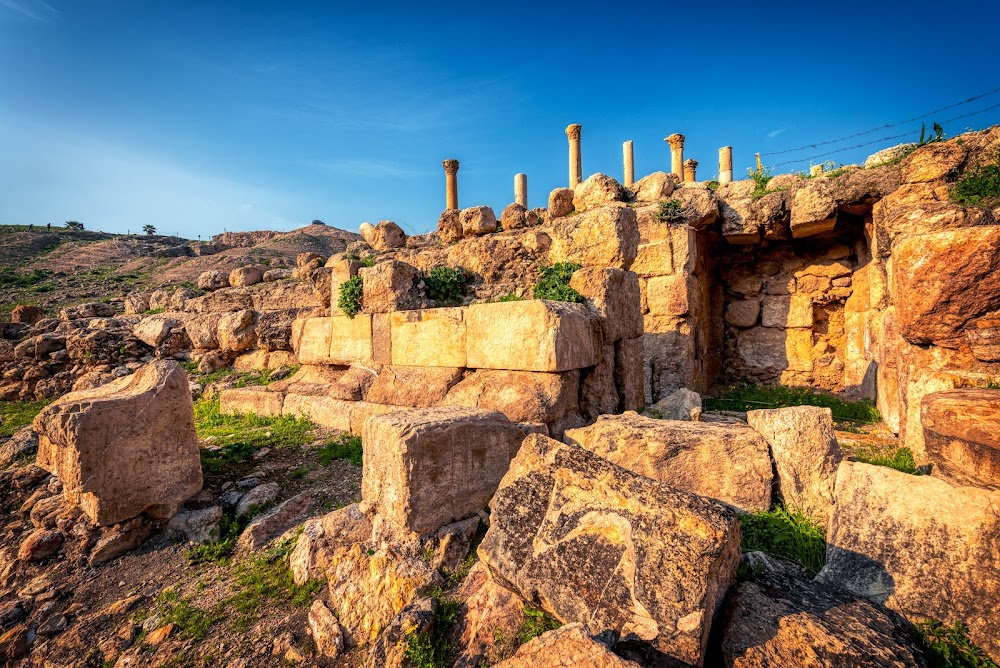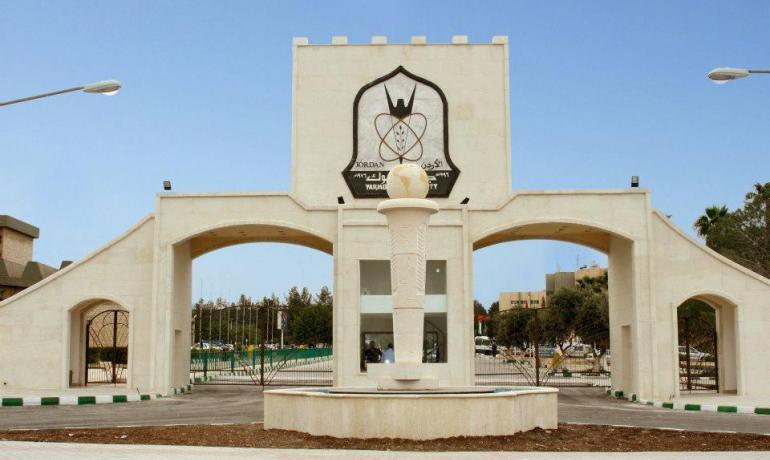Pella (تبقال)
Overview
Pella, also known as Tabaqit Fahl, is a captivating city steeped in history, nestled in the Irbid Governorate of Jordan. With roots tracing back to the Neolithic period, approximately 9,000 years ago, Pella has flourished through the ages under the influence of various civilizations, including the Greeks, Romans, Byzantines, and the early Islamic empire.
Strategic Location and Historical Significance
The strategic location of Pella in the Jordan Valley made it an ideal settlement area. Surrounded by hills and valleys, it boasts access to crucial trade routes and fertile land, contributing to its evolution into a significant urban center throughout antiquity. The city’s original name, Tabaqit Fahl, reflects its Semitic origins before it was Hellenized into Pella by the Macedonians under Alexander the Great in 332 BCE.
Hellenistic Era: Cultural Amalgamation
The Greek period, known as the Hellenistic era, heralded a time of expansion and cultural amalgamation for Pella. Named in honor of Alexander the Great's birthplace in Macedonia, the city witnessed the construction of various structures, including temples, theaters, and public buildings. Pella was meticulously planned with a grid layout, featuring wide streets and marble-paved plazas that epitomized classical Greek architecture and urban design.
Roman Era: Infrastructure and Urban Development
During the Roman period in the 2nd century CE, Pella rose to further prominence as a member of the Decapolis, a group of ten cities on the eastern frontier of the Roman Empire. The Romans invested significantly in the city's infrastructure, enhancing connectivity and providing amenities like aqueducts, baths, and an amphitheater. Notable architectural remnants from this era include the West Church, East Church, and the Odeon, each offering a glimpse into the grandeur of Roman urban life.
Byzantine Transformation: A Hub of Christian Worship
The Byzantine era saw Pella evolve into a center of Christian worship and life. Several churches were constructed, notably the Basilica Terrace, showcasing the city’s adaptation to the new dominant religion. Archaeological evidence indicates that Pella was a vibrant community, adorned with intricate mosaic floors and a rich array of artifacts that reflect its cultural and social vibrancy.
Early Islamic Period and Decline
Following the 7th century CE, Pella continued to thrive under Islamic rule, which brought new architectural styles as seen in the renovations and constructions like the Umayyad Mosque. However, a devastating earthquake in 749 CE marked the beginning of the city’s gradual decline, leading it to transform into a small village over time.
Archaeological Discoveries and Insights
Excavations at Pella have unveiled a treasure trove of artifacts that vividly illustrate its diverse historical layers. Discoveries such as pottery, inscriptions, statues, and everyday tools highlight the myriad influences that shaped the city over millennia. Conducted under the auspices of the Department of Antiquities of Jordan and various international archaeological teams, these digs have provided profound insights into ancient urban life, trade, and culture in the region.
Visiting Pella Today
Today, visitors to Pella can explore the extensive ruins that tell the tale of its illustrious past. The city’s layout remains discernible, with remnants of grand boulevards, temples, and theaters standing as silent sentinels of history. The site offers panoramic views of the surrounding landscape, allowing visitors to appreciate the strategic significance that ancient civilizations found in this remarkable locale.
Preservation Efforts
Preserving the historical essence of Pella is an ongoing effort. The Jordanian government, alongside international heritage organizations, is committed to conserving these ruins. Their goal is to maintain Pella not just as an archaeological site but as a bastion of human ingenuity and cultural fusion, underscoring the rich tapestry of Jordan's heritage.








